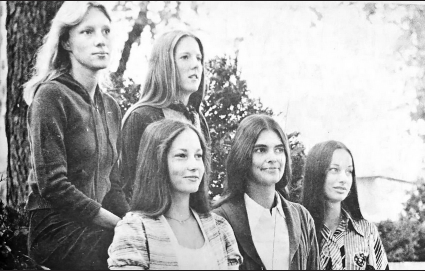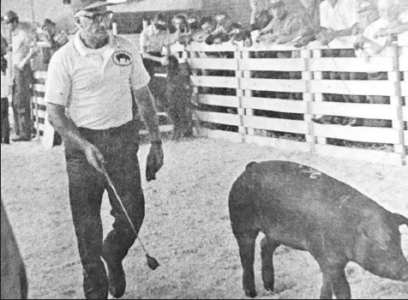Sleepy Eye hit hard by epidemic
SLEEPY EYE — The parkland sways gently at first, around the children’s playsets.
But cresting as it nears the park shelter, the land drops sharply toward Sleepy Eye Lake.
The park is calmer now. The chill of autumn cooling summer activity. Occasionally, someone walks through with a dog.
IT IS still heavily shaded.
Yet, officials in Sleepy Eye have begun to wonder how long Allison Park’s daylong shade will continue.
For most of Minnesota, Dutch Elm disease is becoming a problem.
Officials in Sleepy Eye don’t bother, however, with the terms “problem” or “danger” as they do in most other communities where the spread of the incurable disease is growing.
Instead, they speak in phrases of staving off an epidemic, an attempt they discuss with an air of helplessness.
THE NUMBER of confirmed cases of the disease has climbed from 11 last year to 71 in 1975, according to city records. In Allison Park alone, the disease has claimed 35 trees this year.
“The increase is quite substantial,”‘ says Wayne Pelzel, recreation director, “and we’re quite concerned that it might get worse.”
City Clerk Edwin V. Treml portrays the typical attitude when he predicts the spread will probably get worse next year in the town of 3,700.
“It’s just a matter of time and it’ll have every elm tree,” he says.”It just spreads; it’s just like cancer.”
“I guess it’s something we’re going to have to live with for awhile,” adds Mayor C. H. Fering.
THE DISEASE, carried by the European elm bark beetle, was first reported in Sleepy Eye in 1971, 10years after the first case was con-firmed in the state. In 1972, another case was reported; then 9 in 1973 and 11 last year.
No one in town offers much explanation for the increase.
“It seems strange,” Treml says,”but that’s the way it is.”
PART OF the concern is that about 55 per cent of the trees in Sleepy Eye are elms.
“We’ve got a lot of elm trees in town, so if it gets to be a big deal, we’re liable to lose a lot of trees,” Fering points out.
Replanting is being encouraged, says Pelzel, but not with elms. Green ash, maple and hackberry is suggested instead.
Yet, replanting is only a partial solution.
“It takes time for these trees to grow,” says Mrs. James Young, 420 Second S. In the last three years the Youngs have lost one tree annually to the disease.
IN GENERAL, Pelzel points out,the city’s program is just to destroy trees detected to have the disease.
There is a serum, he says, that reportedly is 30 per cent effective. Few people have tried it, he adds, because the $100 cost isn’t worth the limited chance of success.
“If you tell them (instead) it’s $100and your tree will not get Dutch elm, then I think most people would buy it,” Pelzel adds.
MEANWHILE, he predicts that based on this summer’s outbreak,the disease will probably be in epidemic stages next year.
“I think our program is going to be fruitless,” he says. “I don’t think it will do any good.”
New Ulm Daily Journal
Sept. 25, 1975


